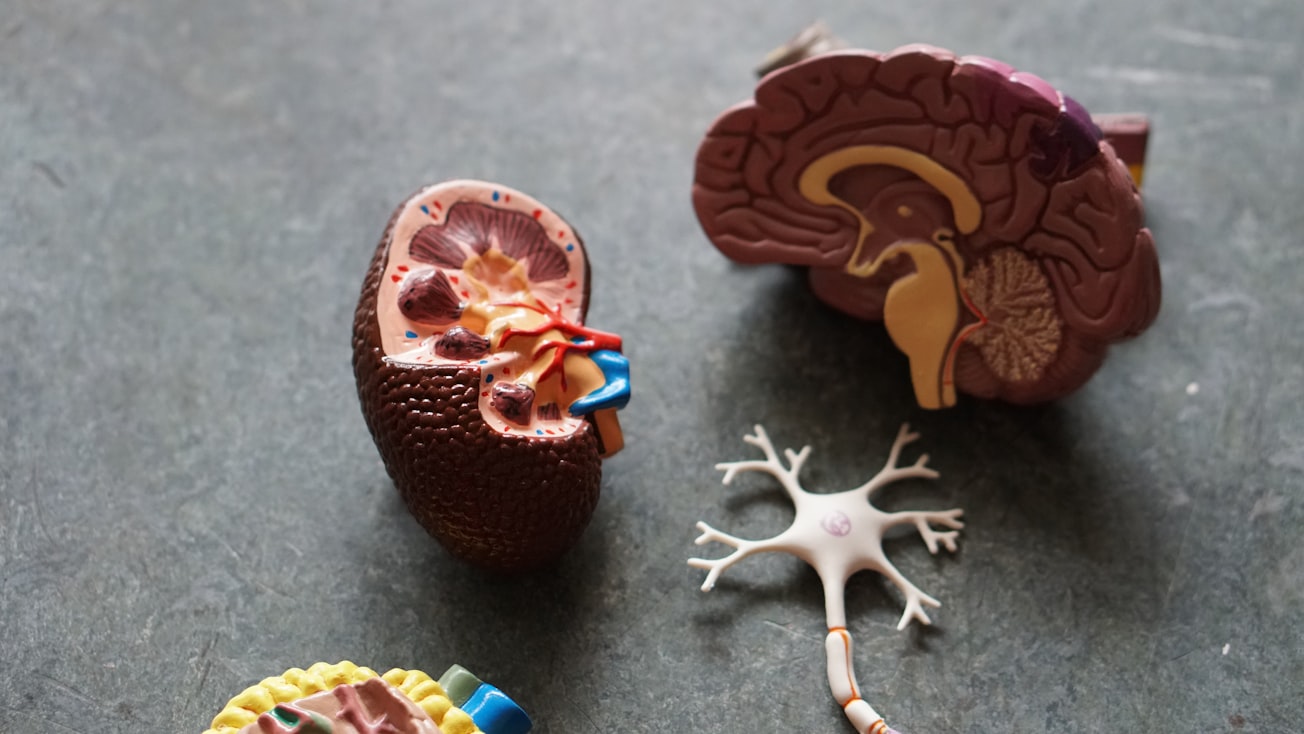What is it about?
Both Parkinson’s disease and dementia with Lewy bodies are associated with abnormal deposits or ‘aggregates’ of a protein called alpha-synuclein in the brain. In this study, we provide insight into how small aggregates damage cells in neurodegenerative diseases. We revealed that protein aggregates below a certain size (450 nanometres) entered cells more easily, whereas larger aggregates were prevented from entering by the plasma membrane. We then compared the small aggregates, made up of alpha-synuclein, in donor brain tissue of individuals with Parkinson’s disease and dementia with Lewy bodies, and found that although the same size, an aggregate from Parkinson’s disease is more toxic than one from dementia with Lewy bodies. Confirming this observation in multiple donors of both diseases, we could therefore determine that aggregates from the different diseases had distinct toxic effects on cells.
Featured Image

Photo by Robina Weermeijer on Unsplash
Why is it important?
This indicates that the alpha-synuclein protein behaves differently depending on the disease and that aggregates exhibit disease-specific features. This knowledge could allow us to detect the type of dementia a person has based on the type of aggregates present, as well as how advanced their disease is. In future, these disease-specific features may also be useful targets for therapeutic intervention for the different neurodegenerative diseases.
Perspectives
Small aggregates assembled from the same protein may assume distinct morphologies in different neurodegenerative disease and that the distinctive features are responsible for disease-associated toxicity. Such features may be exploited for detection of neurodegenerative diseases and enable therapeutic development with disease-specific intervention.
yu ye
Imperial College London
Read the Original
This page is a summary of: Quantitative super-resolution imaging of pathological aggregates reveals distinct toxicity profiles in different synucleinopathies, Proceedings of the National Academy of Sciences, October 2022, Proceedings of the National Academy of Sciences,
DOI: 10.1073/pnas.2205591119.
You can read the full text:
Resources
Contributors
The following have contributed to this page










